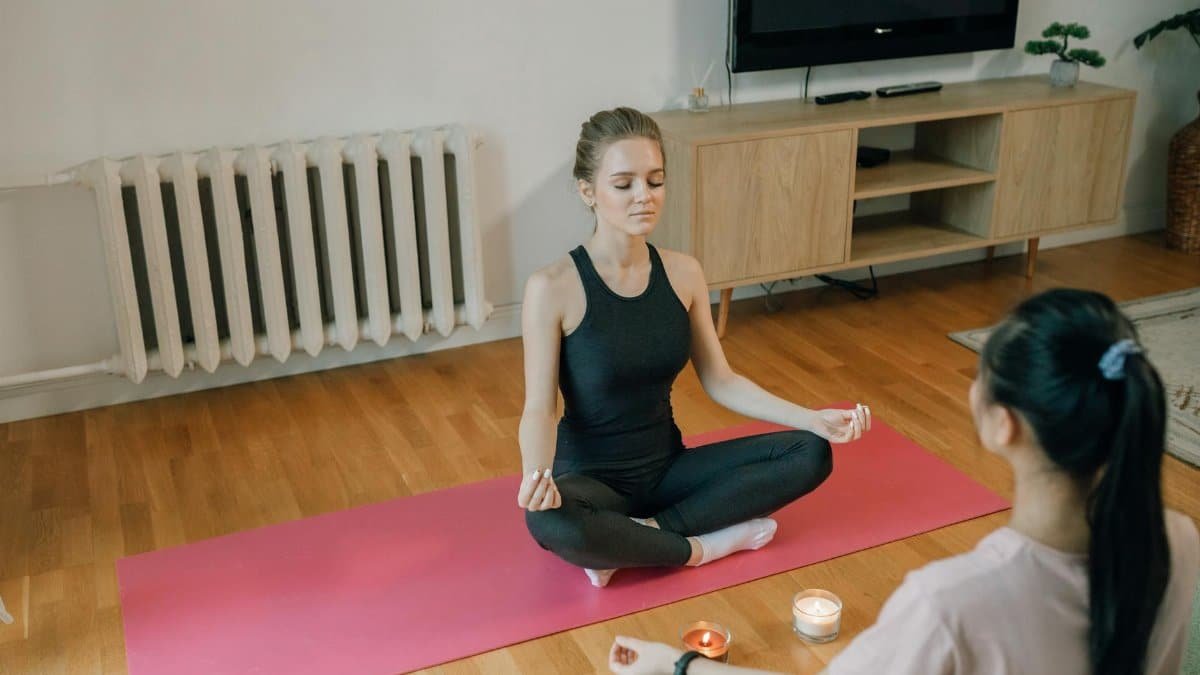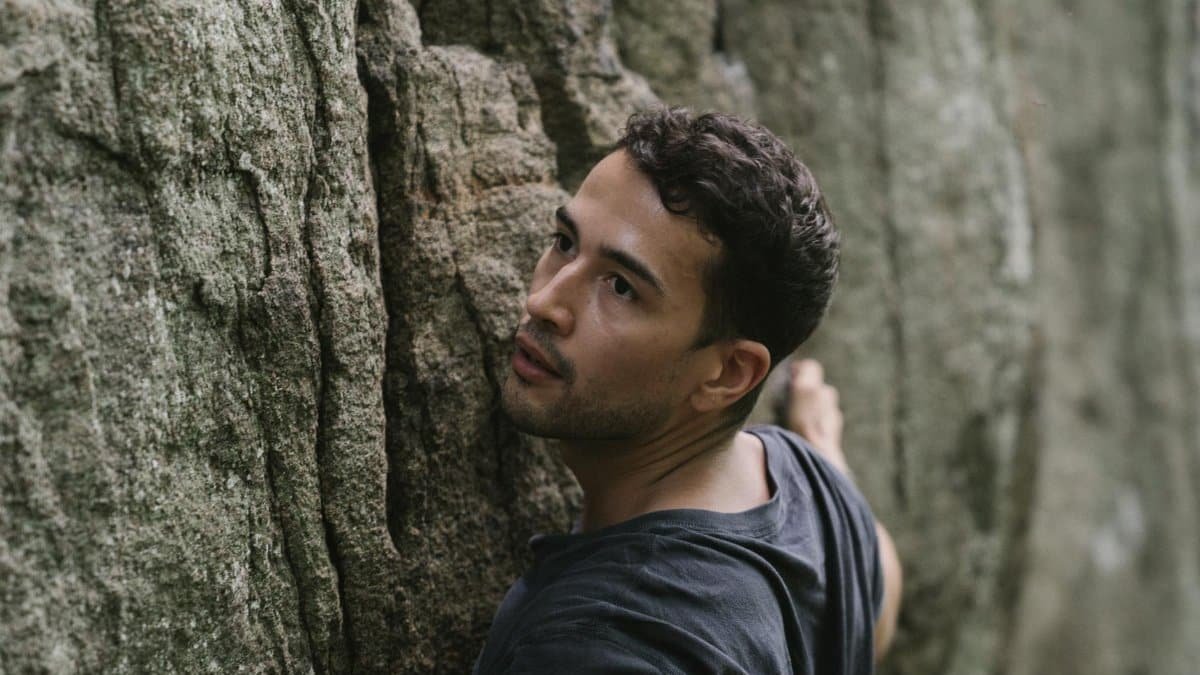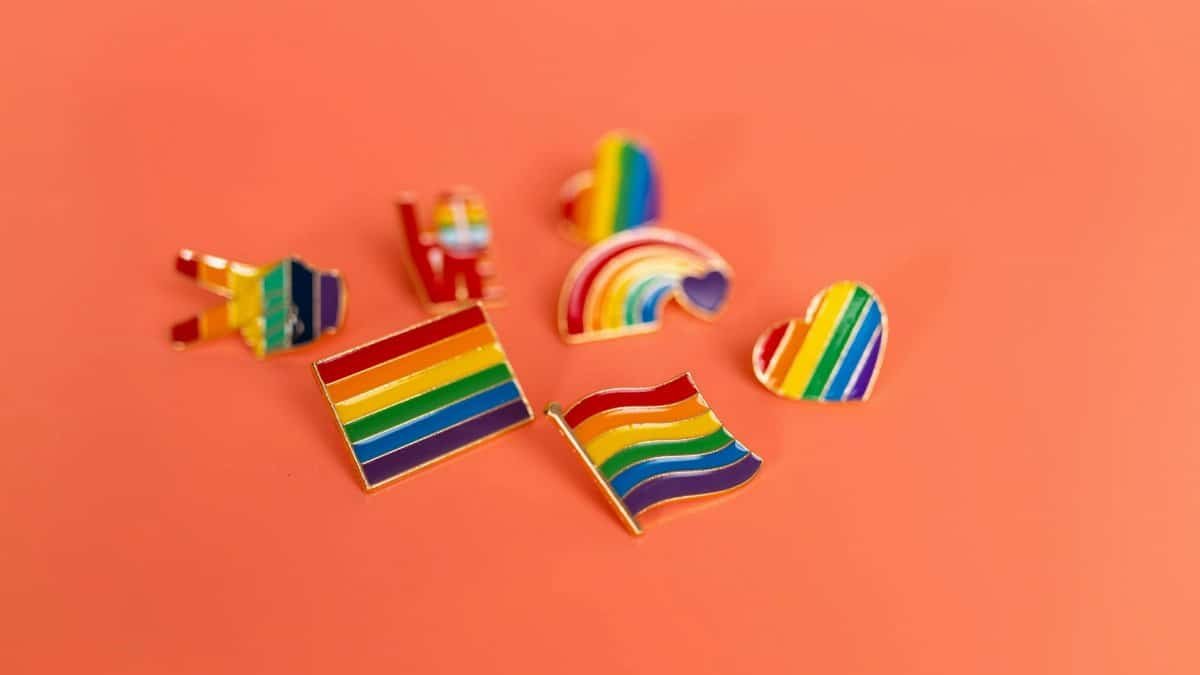The Fear Factor in Saying No

New data shows 68% of Americans report high anxiety when declining requests, according to a recent survey by the American Psychological Association. This hesitation often stems from deep-seated fears of rejection or conflict. But mindfulness balance — the practice of staying present while maintaining emotional equilibrium — is emerging as a key tool to flip the script. In 2025, as stress levels soar amid work and social demands, mastering this balance could transform how we set boundaries. It’s not just about saying no; it’s about saying yes to self-respect.
Understanding Mindfulness Balance Basics

Mindfulness balance involves tuning into your thoughts and emotions without judgment, while ensuring your responses align with personal values. It’s like a mental gym workout: you build strength by observing impulses rather than reacting impulsively. Experts say this approach helps dismantle the terror of refusal by fostering inner calm. In relationships, it means recognizing when a “yes” drains you and a “no” replenishes. Studies from Harvard’s mindfulness programs highlight how such practices reduce cortisol levels, making boundary-setting less daunting.
The Psychological Roots of No-Phobia

Why does “no” feel like a bomb? Psychologists point to evolutionary wiring: humans are pack animals wired for harmony, so rejection risks feel primal. Add modern pressures like social media’s highlight reels, and guilt amplifies. A 2023 study in the Journal of Personality and Social Psychology found that people-pleasers experience 40% more stress from overcommitment. Mindfulness balance counters this by encouraging pause and reflection, turning potential explosions into calm assertions. It’s a shift from fear-driven compliance to empowered choice.
From Terror to Triumph: Real Stories

Take Lisa M., a New York marketing exec who dreaded turning down extra projects. “I felt like I’d be seen as lazy,” she recalls. After incorporating mindfulness balance techniques — like daily breathing exercises — she started declining non-essential tasks. The result? More energy and better performance reviews. Her experience echoes thousands shared on forums like Reddit’s r/mindfulness. In healing relationships, this liberation fosters authenticity, reducing resentment buildup that poisons connections.
Practical Steps to Build Your No Muscle

Start small: Practice saying no to low-stakes asks, like skipping a casual invite. Pair it with mindfulness balance by noting physical sensations — racing heart, tight chest — without acting on them. Apps like Headspace offer guided sessions for this. Research from the National Institutes of Health shows consistent practice boosts emotional resilience. Over time, what felt terrifying becomes routine, freeing up mental space for what truly matters.
Impact on Relationships and Emotional Health

In romantic partnerships, unchecked yes-saying breeds imbalance. Mindfulness balance restores equity by promoting honest communication. A report from the Pew Research Center on family dynamics notes that boundary-setters report 25% higher satisfaction in relationships. Emotionally, it combats burnout: When no becomes liberating, self-worth skyrockets. Therapists emphasize this in sessions, urging clients to view refusal as an act of kindness to oneself and others.
Overcoming Common Roadblocks

Guilt is the biggest hurdle. Many worry about hurting feelings, but mindfulness balance teaches that true care involves honesty. Another snag: Cultural norms, especially in high-pressure U.S. work environments, equate no with weakness. Counter it by reframing: No protects your bandwidth. Clinical trials at UCLA’s Mindful Awareness Research Center demonstrate that balanced mindfulness reduces guilt by 30% in participants. Push through initial discomfort, and liberation follows.
Expert Insights on Long-Term Benefits

Dr. Elena Rodriguez, a psychologist specializing in emotional wellness, says, “Mindfulness balance isn’t about isolation; it’s about sustainable connections.” Her work with clients shows that regular practice leads to fewer conflicts and deeper bonds. In 2025, with remote work blurring lines, this skill is crucial. Long-term, users report lower anxiety and higher life satisfaction, turning no from a fear into a superpower for personal growth.
Integrating Balance into Daily Life

Make it habitual: Set aside five minutes morning and night for reflection. Journal prompts like “What drained me today?” build awareness. Combine with physical activity — yoga or walks — to embody the balance. For relationships, communicate boundaries early: “I value our time, but I need to pass on this.” Evidence from the Greater Good Science Center at UC Berkeley supports these methods, linking them to improved emotional regulation and relational harmony.
When No Becomes Your Ally

Ultimately, the journey from terrifying to liberating hinges on consistency. Mindfulness balance equips you to navigate emotions without overwhelm. As more Americans adopt these practices amid rising mental health awareness, expect a cultural shift toward healthier dynamics. It’s not rejection; it’s redirection toward what aligns with your core. Embrace it, and watch relationships heal and thrive.
